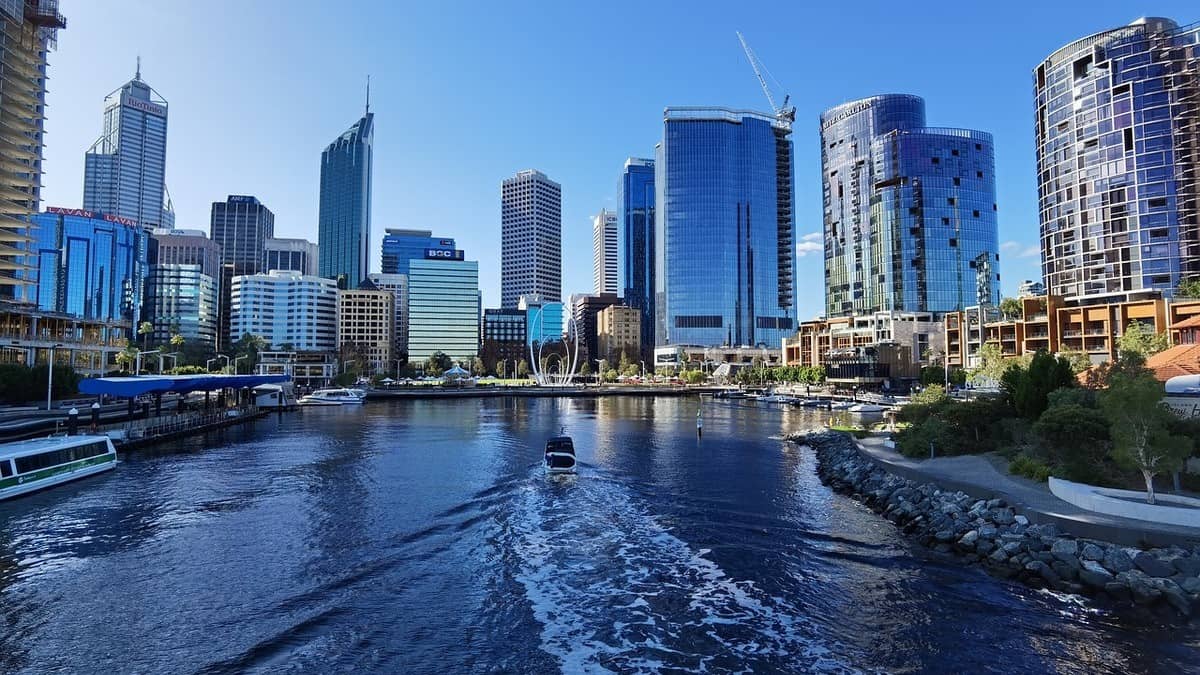In an effort to swiftly develop the company’s green hydrogen business, ENGIE said on Friday it would move forward with plans to construct a green hydrogen plant in the Pilbara region of Western Australia to supply an ammonia factory owned by Yara International of Norway.
According to Green Car Congress, the first stage of the Yuri project, which is expected to be finished in 2024, would generate up to 640 tonnes of renewable hydrogen annually as a zero-carbon feedstock for Yara Australia’s ammonia manufacturing facility in Karratha.
Notably, this will be crucial for creating a “Pilbara Green Hydrogen Hub,” which would serve both domestic and international markets and capitalize on the region’s substantial renewable energy resources and current export infrastructure.
For reference, the Yuri roadmap has 4 phases:
Phase 0: Solar Add-on → Demonstrate Operationality of Renewable Powered H2 Supply
Phase I: RES Expansion → Scale-up Renewable Energy Share
Phase II: RES+Amonia Expansion → Build Renewable Ammonia Plant + Expand Renewable Share
Phase III: Green Plant Ramp-up → Ramp-up Renewable H2 & Ammonia
It is worth noting that the Yuri project is being developed owing to a $2 million grant from the Western Australian Government’s Renewable Hydrogen Fund and a $47.5 million grant from the Australian Government’s ARENA Renewable Hydrogen Deployment Fund, as declared in 2021.
In accordance with a contract signed by ENGIE and Mitsui, Mitsui has committed to buy a 28% interest in the joint venture business for the Yuri project, provided that certain requirements are met. Additionally, this joint venture will manage the Yuri project on behalf of ENGIE and Mitsui.
In order to produce sustainable hydrogen for use in Yara Australia’s ammonia facility in Karratha, the project will incorporate a 10 MW electrolyzer driven by 18 MW of solar PV. It will also be supplemented by an 8 MW battery energy storage system.
Furthermore, Technip Energies and Monford Group’s partnership was chosen as the project’s EPC contractor. As a result, permitting is completed, a 100% offtake contract is signed, and construction is expected to start by November 2022.
Notably, the project might develop to be among the world’s biggest electrolysis stations powered by renewable energy. In addition to establishing the feasibility of integrating electrolyzers with ammonia facilities, it is anticipated to offer lessons for advancing Australia’s hydrogen sector. Furthermore, the initiative will exchange information and expertise in industrial participation, permit procedures, and community involvement.

